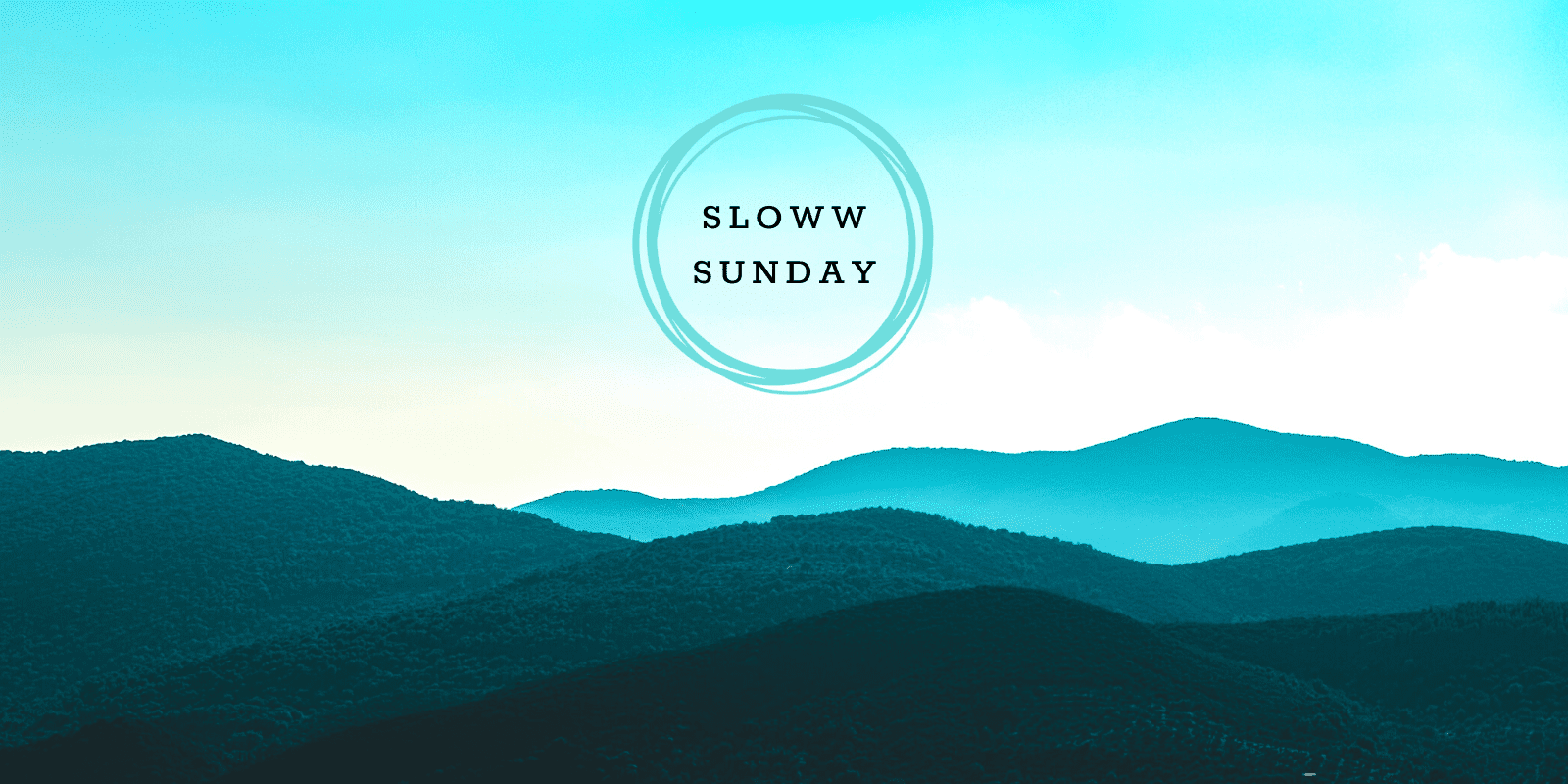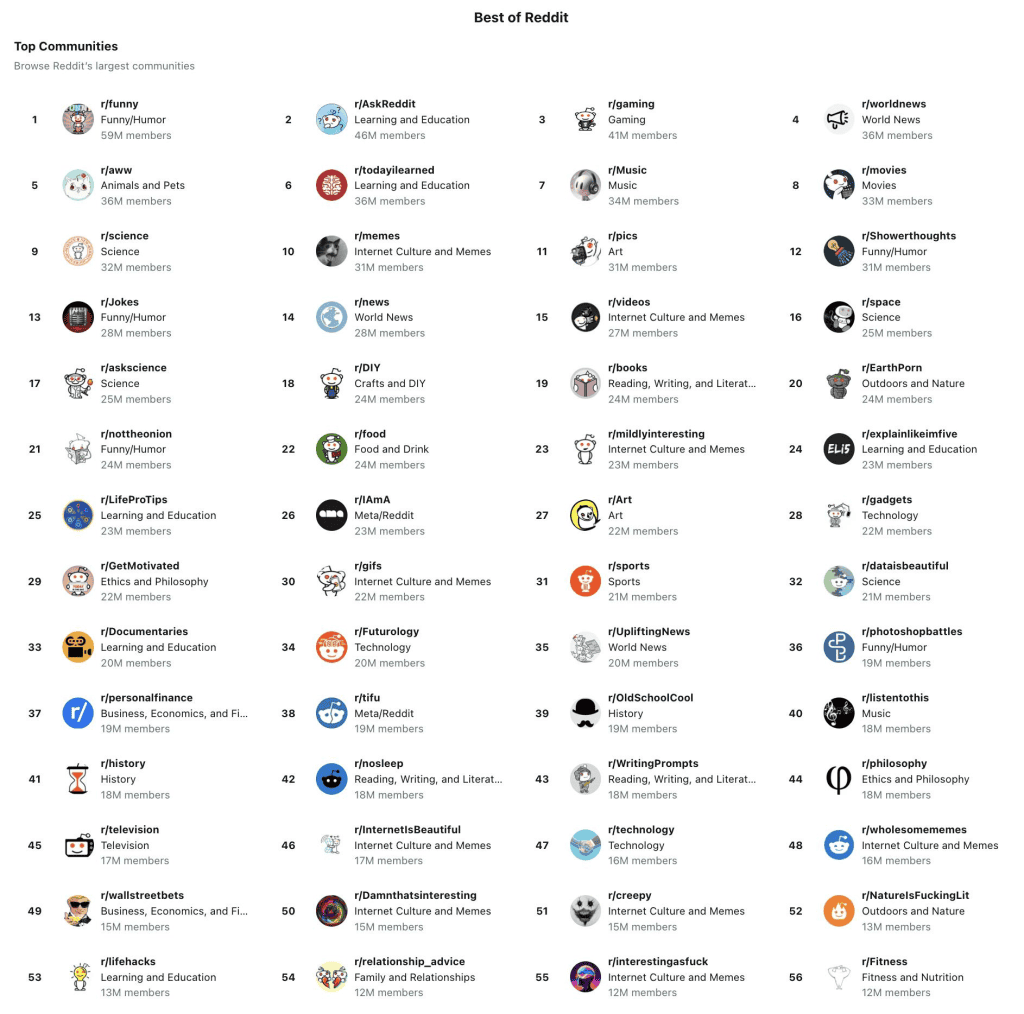Sign up to get the Sloww Sunday newsletter via email for free:👇

Sloww Sunday Newsletter 185 (Apr 28, 2024) — No Alcohol, Meaningful Money, Centering Prayer, & More
Sloww Sunday shares my latest and greatest creations and curations to 10,000+ students of life. If you enjoy this issue, please help grow Sloww by forwarding this newsletter to other lifelong learners.
📚 Lifelong Learning & Deeper Development
Suffering can lead to Synthesizing
An existential crisis kicked off my own lifelong learning journey about a decade ago. And, it turns out I’m not alone. Here’s what some other super synthesizers had to say about their own suffering and how it led them to synthesizing.
Maria Popova on dissatisfaction and depression:
- “Brain Pickings started out of very concrete dissatisfaction with my experience of education and my experience at work. And, I’ve always been of the conviction that the only effective way to complain or to address dissatisfaction is to do something—to make something—that solves the point of complaint. In that sense, I’m driven to solve the things that unsettle me in my own life … I live with pretty intense depression that’s with me all the time … I began this project in large part because I needed to pull myself out of my first major depression. I think the best way to feel the edge of life is to become interested, and then you become interesting by default … I knew it was on me to keep myself stimulated, and to keep learning, more than anything.”
Ken Wilber on the sour life:
- “In part I was obsessed with reading all the great psychologists and sages because I was searching for a way out of the sour life; reading was motivated by personal existential therapy, to put it in dry terms. The point is that I had to ‘read everything’ because I was trying mentally and emotionally to put together in a comprehensive framework that which I felt was necessary for my own salvation.”
Jack Mezirow says a transformative learning journey often begins with a ‘disorienting dilemma’ and ends with a ‘perspective transformation’:
- “You encounter problems in which the old ways of thinking and reacting simply don’t work. And, you become aware that they don’t work, and you get really upset and frustrated and emotional about it because something isn’t working for you … Often, emotional disturbance is the key to having a really successful transformative learning experience. If somebody really feels that they can’t use an old way of thinking, they’re going to have to open themselves up to a new way.”
🔒 Sloww Premium deep dive:
- Transformative Learning Synthesis: How to Transform Your Perspective (+ Infographics)
- Maria Popova Synthesis: How to be a World-Class Synthesizer like “Brain Pickings” (+ Infographic)
- Integral Psychology & Spirituality Synthesis: How to Develop Holistically with Ken Wilber (10+ Visuals)
Explore more: 50+ posts on Lifelong Learning & Deeper Development (Sloww Stage Support)
🌎 Lighter Living
✅ Challenge Complete: No-Alcohol Year
Today marks 365 consecutive days since I quit drinking alcohol! Over the last year, I’ve successfully made it through: a bachelor party, wedding, wine tasting, family vacation, all holidays, social outings, wife’s work events, and day-to-day life. If you’re considering trying a no-alcohol year, I highly recommend it.
I’ve updated the Premium post linked below with all my thoughts, but most people want to know what the plan is moving forward. I’m going to attempt to implement some alcohol rules for myself:
- Never drink alone (which has never been a problem in my life, but I still feel like it’s an important rule to explicitly state and follow)—this eliminates all drinking at home unless my wife is also drinking.
- Never drink more than my wife—this will naturally limit my intake.
These rules will primarily limit my alcohol consumption to social events—or if my wife wants a glass of wine, I can join her. That being said, she’s pregnant right now and not drinking, so that means I’ll also continue not drinking until after the baby is born. I don’t feel any need or craving to have a celebratory drink to celebrate my no-alcohol year (plus that would violate rule #1 above). 😂
🔒 Sloww Premium deep dive:
Explore more: 100+ posts on Intentional Living (Sloww Stage 1)
🧭 Higher Purpose
Can you align meaning and money?
It seems like this is bubbling up as a hot topic again as more and more people search for purpose and meaning in their lives. And, it’s not uncommon for those who find purpose and meaning to often want to make money doing what they find purposeful and meaningful. The short answer about whether you can align meaning and money is “yes”! I’ve linked a few relevant posts below, but for those who really want to make this a reality, I walk through everything in detail in the Ikigai 2.0 eBook (which literally has the subtitle A Step-by-Step Guidebook to Finding Life Purpose & Making Money Meaningfully).
- My Ikigai 2.0: A Detailed Personal Ikigai Example of How to Find Your Life Purpose
- “How to Get Rich (without getting lucky)” by Naval Ravikant (Summary & Infographic)
- “The Almanack of Naval Ravikant” (Book Summary)
🔒 Sloww Premium deep dive:
- Ikigai 2.0 eBook is included free in your membership!
- Behind the Scenes: My Evolving Relationship toward the “Money Middle Way”
- Naval Ravikant Synthesis: How to Build Wealth by Being Yourself (+ Infographics)
Explore more: 50+ posts on Life Purpose (Sloww Stage 2)
🧠 Mental Mastery
Want to better understand what people really care about most?
Just browse Reddit’s largest communities in rank order:
Or, browse Goodreads most popular quotes by tags:
Explore more: 75+ posts on Mental Mastery (Sloww Stage 3)
☯️ Spiritual Seeing
Centering Prayer with Cynthia Bourgeault
I really enjoyed immersing myself in the teachings of Cynthia Bourgeault—from her wisdom way of knowing, to contemplation, and much more (top quotes). Most of all, I appreciated her introduction to the practice known as “centering prayer.”
What is centering prayer?
- “Centering prayer is a simplified form of meditation in the Christian tradition. It was developed in about the mid-1970s by Father Thomas Keating and a group of his Trappist, Catholic monks with the purpose of putting the essence of the Christian tradition of contemplative prayer into a simple meditational form that would be accessible and practicable for people actually living busy lives out in the world.”
- “Jesus taught a method, and once you saw it, you saw it everywhere. His method was let go—it was a basic non-clinging practice … The mind in this attached state identifying with everything, he practices let go, let go, let go.”
- “Letting go is in association with what Christian theology calls kenosis or the non-clinging or self-emptying of Jesus … It’s in solidarity with putting on the mind of Christ … Kenosis is the word in Greek which Saint Paul used to depict putting on the mind of Christ. It basically is pretty close to what the Buddhists mean by non-clinging—doesn’t hang on, doesn’t insist, doesn’t assert, doesn’t grab, doesn’t brace, doesn’t defend.”
How to practice centering prayer:
- “Rather than clearing away thoughts so we can encounter God or source in unbroken silence, centering prayer is a repeated practice with release … moving our mind from a state of being attached to an object to a state of letting go … In centering prayer, your intention is to let go of every thought … The intention is everything because we’re not giving our mind a focal point, something to put your attention on—not a breath, not a mantra, not anything. So, our intention carries the weight of how we do this practice. It’s the depth and sincerity of your intention that will carry how quickly you notice when you’re hooked by thinking and return to the practice.”
- “The instruction in centering prayer is to just let it go … You catch yourself thinking, you let the thought go … A ‘thought’ is anything that brings your attention to a focal point—whether it’s an idea, or an emotion, or an itch on your nose. If you become aware your attention is attached to it, you simply let it go. To help with that, you choose a simple, short word or phrase—one or two syllables like ‘God’ or ‘peace’ or ‘let go’—to help remind you to sweep it away. Whenever you begin to be aware that you’re engaged with thinking, just let it go … Every time you let go of a thought—even if another comes back—you’re practicing this deep motion of non-clinging, letting go, consenting, surrendering.”
- “Centering prayer is ultimately a pathway of return. It understands that thinking is normal, particularly for us overstimulated Westerners, but every time we’re able to let go of the thought it’s a pathway of return and opening to something deeper … Be available to God. Be available to divine source … The inner action of letting go becomes the outer action of letting be.”
Explore more: 75+ posts on Spiritual Seeing (Sloww Stage 4)
💬 Wise Words
“‘In 10 minutes, I’ve had 10,000 thoughts!’ How lovely, 10,000 opportunities to return to God.” — Thomas Keating
Share: Sloww Sunday currently sends to 10,000+ students of life each week. If you enjoyed this issue, please help grow Sloww by forwarding this newsletter to some friends and family. It’s free for them to subscribe here.
Support: Sloww is a one-human labor of love (it’s just me over here 👋). Your support keeps the site ad-free and invests in me while you invest in yourself—a true win-win! There are free and financial ways to support.
Speak: Have something you want to say, or just want to say hi? It’s always greatly appreciated. Just reply to this email or reach out socially.
All the best,
Kyle Kowalski
Founder, Sloww







Leave a Reply